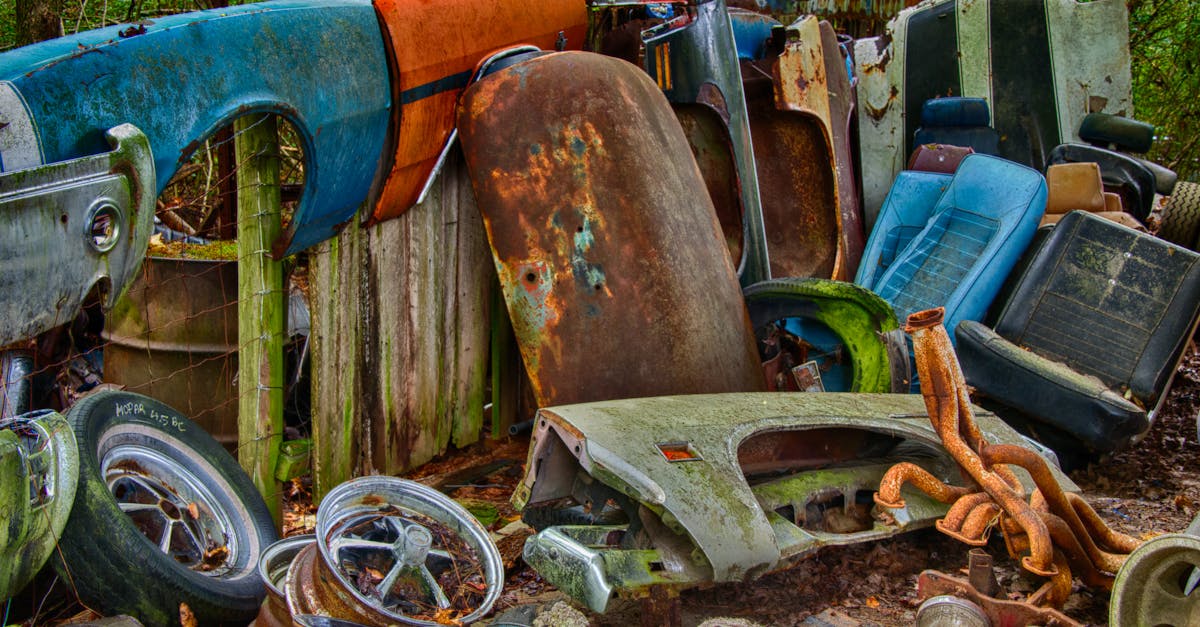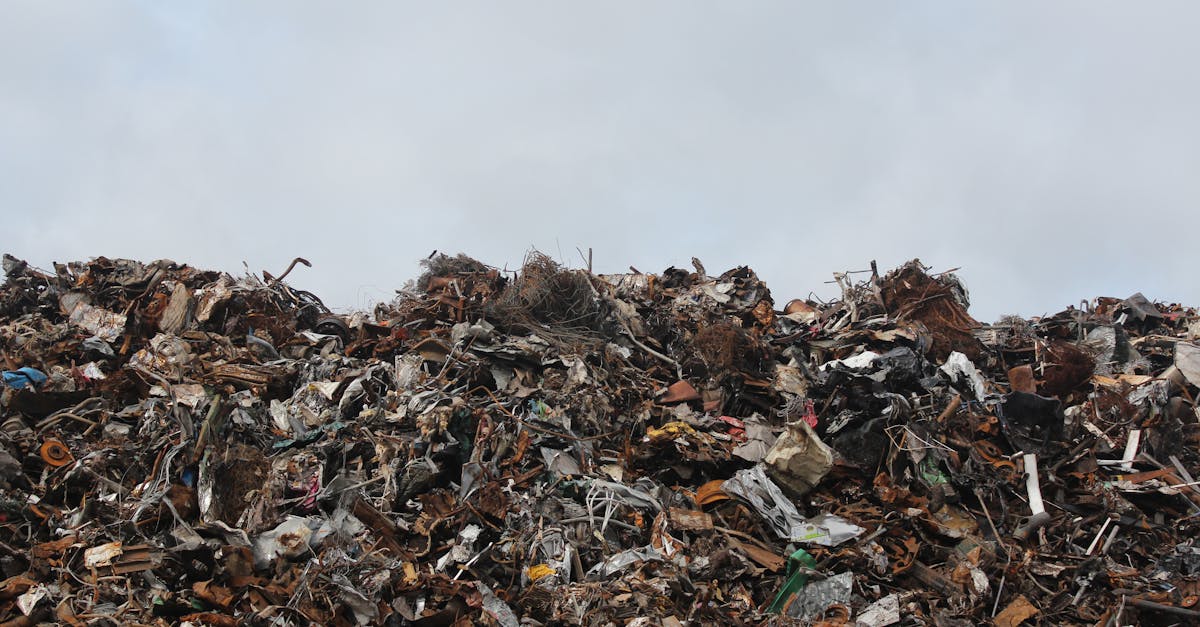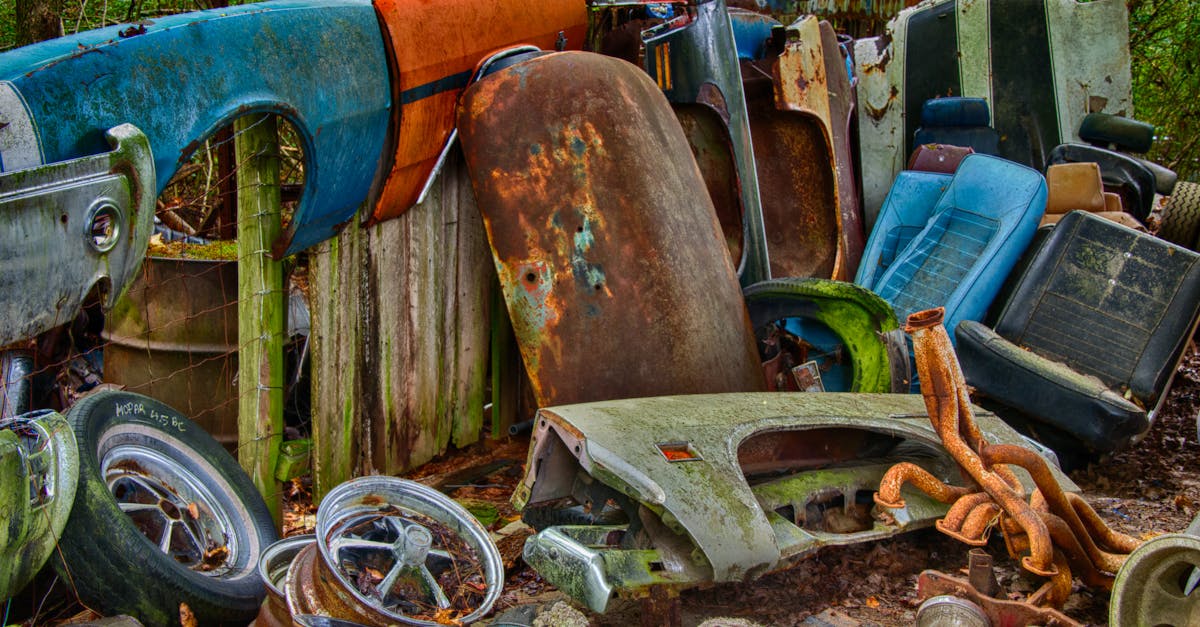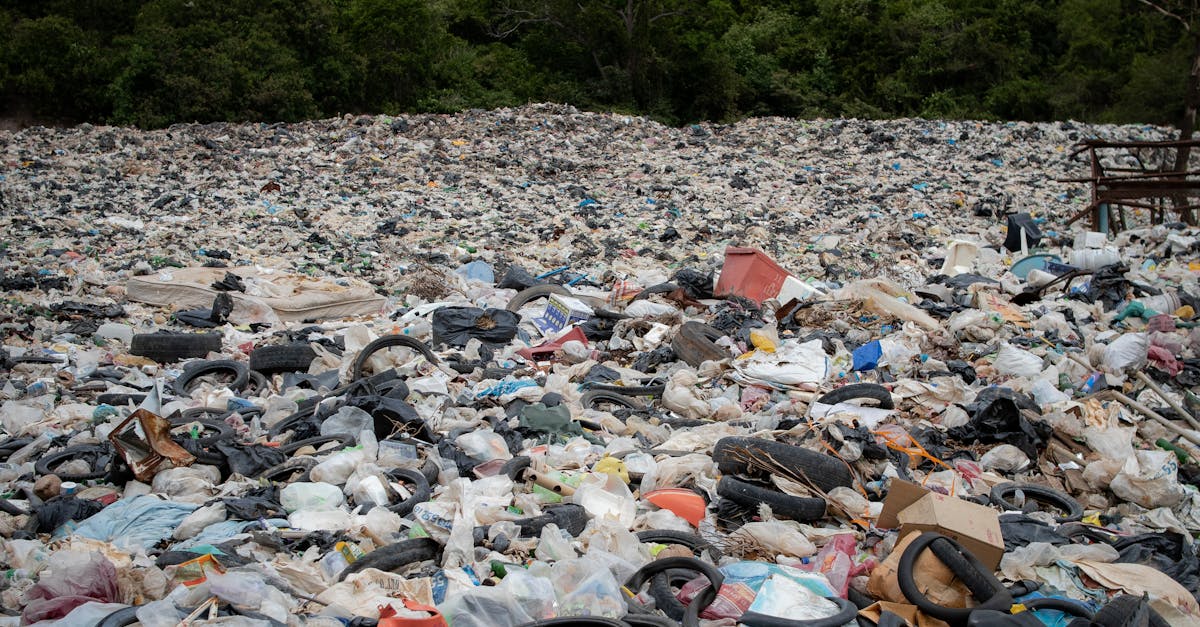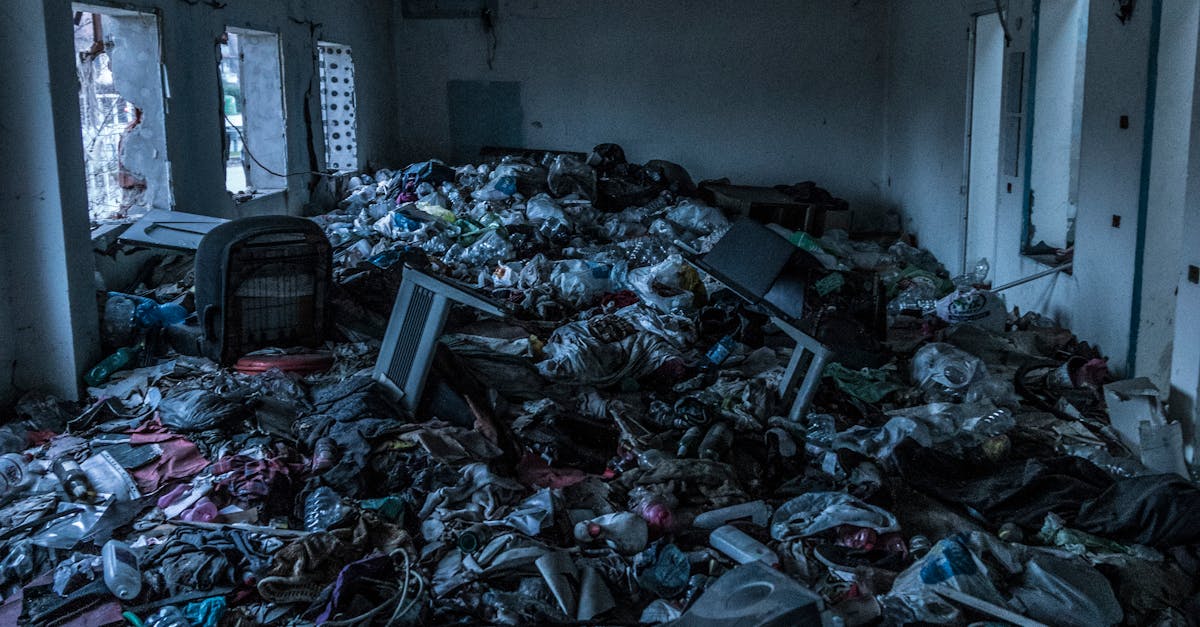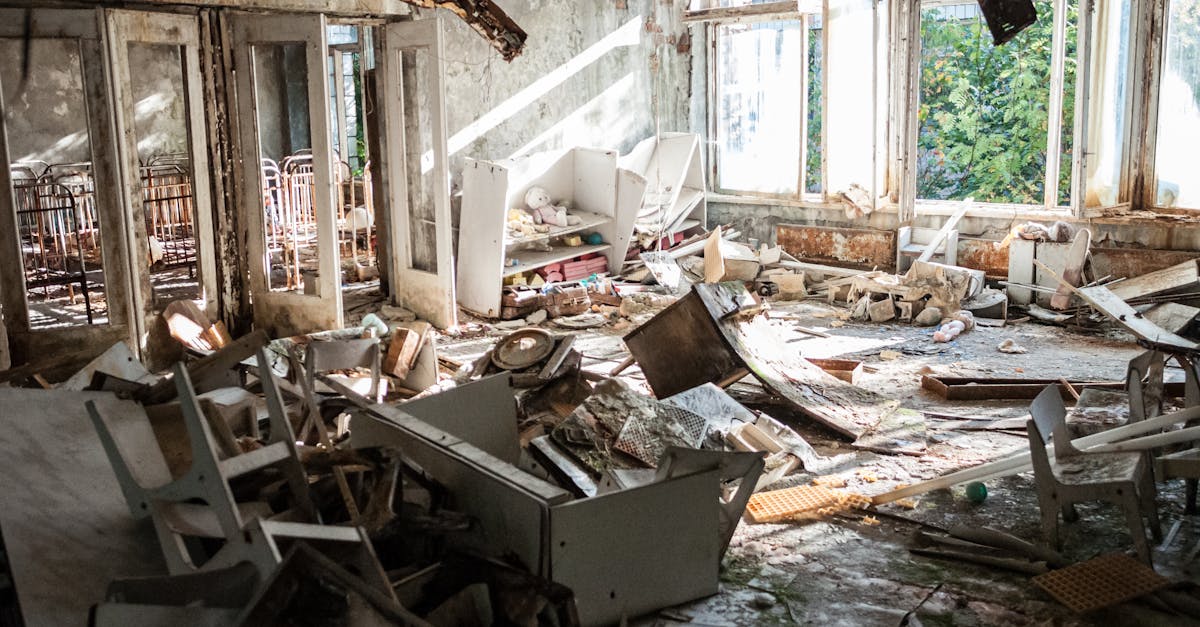
Table Of Contents
Recycling and Donating
Recycling and donating are excellent ways to handle unwanted items during a Junk Removal process. Researching local recycling centers and charities in your area can help you identify the best options for disposing of items responsibly. Many communities have designated drop-off locations for recyclables such as paper, plastic, glass, and metal. Donating items that are still in good condition to local charities can also make a significant impact by helping those in need while reducing the amount of waste ending up in landfills.
When considering recycling and donating during a Junk Removal project, it's crucial to properly sort items and ensure they meet the guidelines set by recycling facilities and charities. Some organizations may have specific requirements for accepting donations, such as only taking items that are in working condition or certain categories of goods. By taking the time to separate recyclables from trash and identifying items suitable for donation, you can contribute to a more sustainable approach to junk removal while giving back to the community.
Research Local Recycling Centers and Charities
Researching local recycling centers and charities is an essential step in the process of junk removal. Start by looking up reputable organizations in your area that accept various types of items, such as clothing, furniture, electronics, and household goods. Many charities may even offer a pick-up service for larger items, making it convenient for you to declutter your space.
Additionally, local recycling centers can help you responsibly dispose of items that cannot be donated. Be sure to check their guidelines on what they accept and any specific requirements for dropping off items. By taking the time to research and connect with these resources, you can contribute to reducing waste and giving new life to your unwanted possessions.
Disposing of Hazardous Waste
Disposing of hazardous waste should be done with utmost care to prevent harm to the environment and human health. Before discarding any chemicals or electronics, it is crucial to research proper disposal methods in your area. Local recycling centers or waste management facilities often have specific guidelines for handling hazardous materials. Always follow these guidelines to ensure the safe disposal of such items.
When it comes to Junk Removal, it's essential to find the right avenues for disposing of hazardous waste such as chemicals and electronics. Do not throw them in the regular trash as it can lead to contamination and environmental damage. Instead, seek out designated drop-off locations or collection events for hazardous materials in your community. By taking the necessary steps to properly dispose of these items, you are contributing to a cleaner and safer environment for everyone.
Find Proper Ways to Dispose of Chemicals and Electronics
When tackling the decluttering process, it's crucial to address the proper disposal of chemicals and electronics in an environmentally friendly manner. Junk removal tasks often involve items that cannot be tossed in regular trash bins due to their hazardous nature. Chemicals like old paint, cleaning agents, batteries, and electronics such as computers and old televisions require special handling to ensure they are disposed of safely.
To dispose of chemicals responsibly, research local hazardous waste collection programs or drop-off sites in your area. Many municipal waste management facilities have designated days or locations for collecting hazardous materials. Additionally, some electronic stores or manufacturers offer recycling programs for old electronic devices. By taking the time to find proper outlets for these items, you contribute to minimizing environmental harm and promoting sustainable junk removal practices.
Cleaning and Restoring the Space
After decluttering and disposing of unwanted items, the final step in the junk removal process involves cleaning and restoring the space. Begin by sweeping the area to remove any dust, dirt, or debris that may have accumulated. Dust off surfaces and clean any remaining items that will be kept, ensuring that they are arranged neatly to maximize space and create a more organized environment. By taking the time to clean thoroughly, you can rejuvenate the space and make it more functional and visually appealing.
Cleaning and restoring the space also involve assessing the layout and functionality of the area. Consider if any additional storage solutions are needed to prevent future clutter build-up. By optimizing the space and implementing proper storage systems, you can help maintain a clutter-free environment in the long run. Finally, take a moment to appreciate the newly transformed space and the positive impact of the junk removal process on your physical and mental well-being.
Sweep, Dust, and Arrange Remaining Items
After sorting through your items and deciding what to recycle, donate, or dispose of as hazardous waste, it's time to focus on cleaning and organizing the remaining items in your space. Start by sweeping the area to get rid of any dust and debris that may have accumulated during the decluttering process. This will not only make the space look cleaner but will also create a fresh environment for arranging the items that you've decided to keep. Once you've swept the area, give it a thorough dusting to remove any remaining dirt or grime. Dusting will help make your space more inviting and pleasant to be in, giving it a polished look after the Junk Removal process.
Next, take the remaining items that you've chosen to keep and arrange them in an organized manner. Group similar items together to make it easier to find things when you need them. Utilize storage bins or shelves to keep smaller items neat and easily accessible. By arranging your items thoughtfully, you can make the most of the space you have and create a more functional and aesthetically pleasing environment. This step is crucial in completing the Junk Removal process, as it allows you to enjoy a clutter-free and organized space.
FAQS
What should I do with items that are still in good condition but no longer needed?
Consider recycling or donating them to local charities or organizations instead of throwing them away.
How can I dispose of hazardous waste properly?
Research proper ways to dispose of chemicals and electronics by contacting local recycling centers or hazardous waste disposal facilities.
Is it important to clean and restore the space after getting rid of junk?
Yes, it is essential to sweep, dust, and arrange remaining items to ensure a clean and organized space once the junk is removed.
